William Lane
UniMorph 4.0: Universal Morphology
May 10, 2022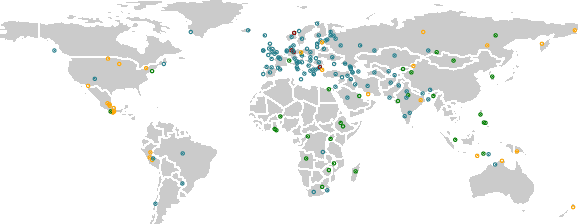

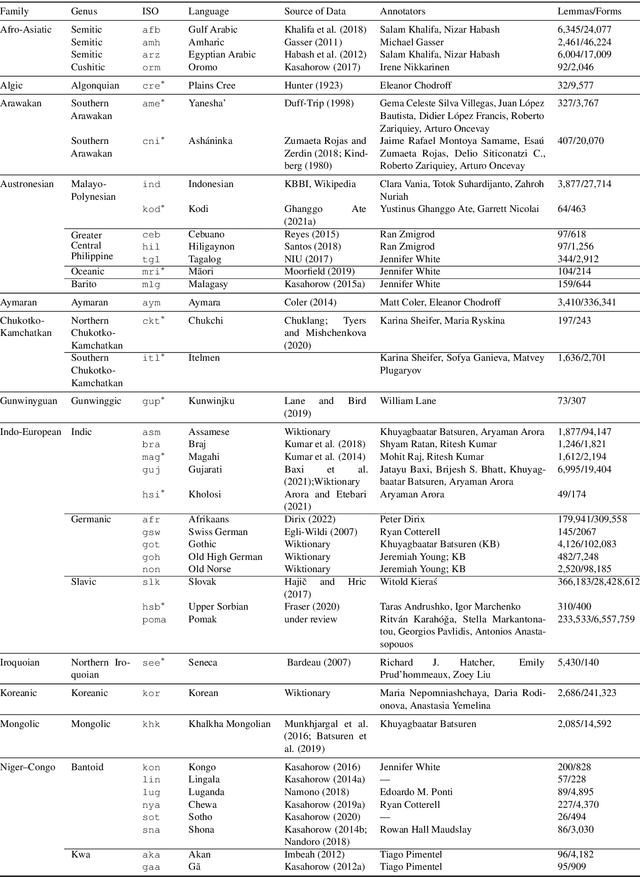
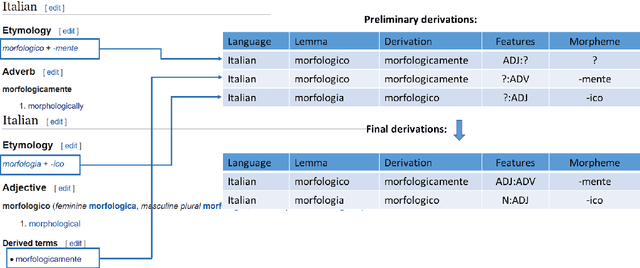
Abstract:The Universal Morphology (UniMorph) project is a collaborative effort providing broad-coverage instantiated normalized morphological inflection tables for hundreds of diverse world languages. The project comprises two major thrusts: a language-independent feature schema for rich morphological annotation and a type-level resource of annotated data in diverse languages realizing that schema. This paper presents the expansions and improvements made on several fronts over the last couple of years (since McCarthy et al. (2020)). Collaborative efforts by numerous linguists have added 67 new languages, including 30 endangered languages. We have implemented several improvements to the extraction pipeline to tackle some issues, e.g. missing gender and macron information. We have also amended the schema to use a hierarchical structure that is needed for morphological phenomena like multiple-argument agreement and case stacking, while adding some missing morphological features to make the schema more inclusive. In light of the last UniMorph release, we also augmented the database with morpheme segmentation for 16 languages. Lastly, this new release makes a push towards inclusion of derivational morphology in UniMorph by enriching the data and annotation schema with instances representing derivational processes from MorphyNet.
Bootstrapping Techniques for Polysynthetic Morphological Analysis
May 03, 2020
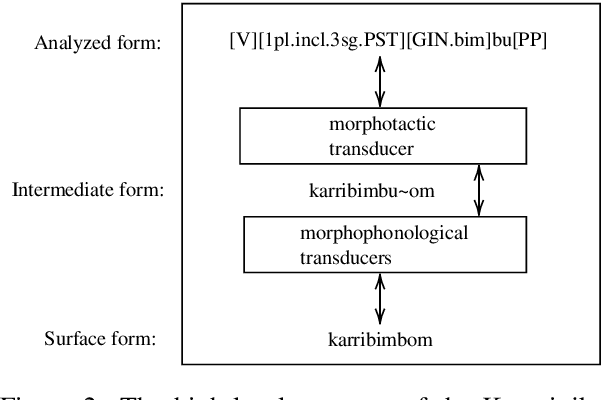

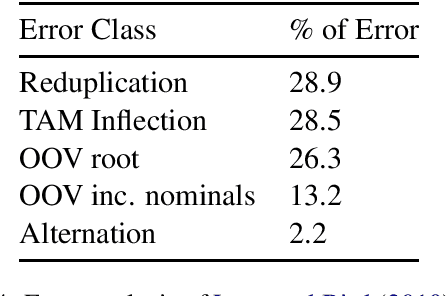
Abstract:Polysynthetic languages have exceptionally large and sparse vocabularies, thanks to the number of morpheme slots and combinations in a word. This complexity, together with a general scarcity of written data, poses a challenge to the development of natural language technologies. To address this challenge, we offer linguistically-informed approaches for bootstrapping a neural morphological analyzer, and demonstrate its application to Kunwinjku, a polysynthetic Australian language. We generate data from a finite state transducer to train an encoder-decoder model. We improve the model by "hallucinating" missing linguistic structure into the training data, and by resampling from a Zipf distribution to simulate a more natural distribution of morphemes. The best model accounts for all instances of reduplication in the test set and achieves an accuracy of 94.7% overall, a 10 percentage point improvement over the FST baseline. This process demonstrates the feasibility of bootstrapping a neural morph analyzer from minimal resources.
 Add to Chrome
Add to Chrome Add to Firefox
Add to Firefox Add to Edge
Add to Edge